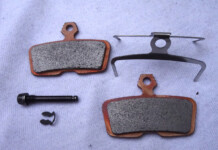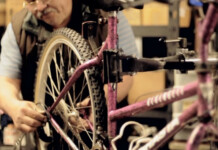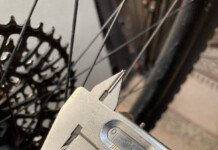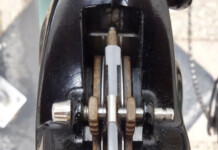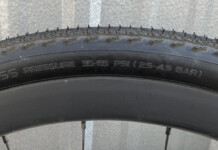By Tom Jow
It’s a good idea to prepare your bike for winter.
All good things must come to an end. It’s November. Summer is over. Welcome to winter. Even though we are getting ready for the coming ski season (you are a skier, aren’t you?), it’s a good idea to prepare the bikes for hibernation. What does that entail? Just a few simple things such as cleaning the bike and having some maintenance done. Really, it’s not anything that, if you ride regularly, doesn’t need to be done anyway.
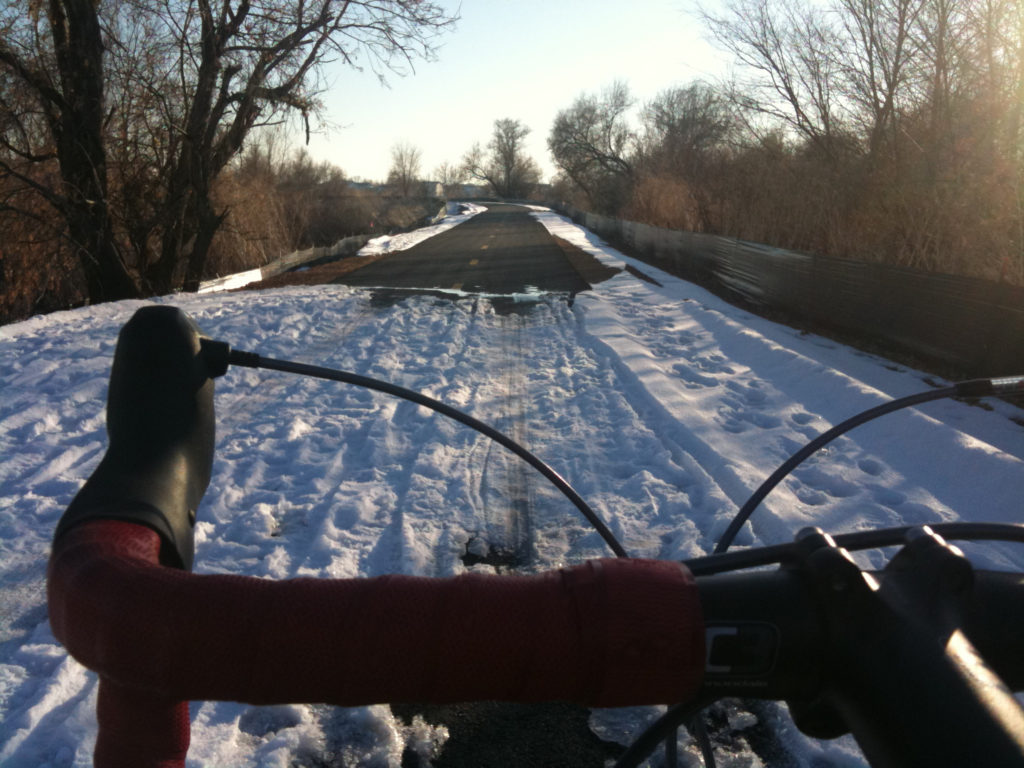
Wash the bike
This a task that every rider should be doing with some regularity. At the very least, wash the bike before taking it to the bike shop for service. The tools required are inexpensive and easy to obtain at any bike shop, hardware store or grocery. These tools would be some citrus degreaser or Simple Green and a selection of brushes to clean the wheels, frame and chain. More bike cleaning information can be found in Keep It Clean in Spring, Cycling Utah, March 2014.
Suspension service
Did you have the suspension serviced this year? Fork and shock manufacturers recommend having the suspension components serviced at a minimum of every 50 hours. Another good reason to service the suspension before winter was given to me by mechanic, Flo Irizarry. He says, “Even though they are sealed, suspension fluids get contaminated by dirt, and internal wear as well as fluid breakdown from heat. You do not want your suspension components bathing in this junk all winter.” Imagine wearing the same socks all winter. Yuck.
Brake service
Ever wonder why your hydraulic brakes never need adjusting? The pads are self adjusting. So it’s a good idea to inspect the brake pads once in awhile. With a flashlight, look inside the brake caliper. The recommended minimum thickness of the brake pad is about 2 millimeters. A little less than a dime. While you’re at it, inspect the rotor (disc) as well. The rotor will have a minimum thickness recommendation printed right on it. For an initial inspection, run your fingernail across the brake surface radially (from the edge toward the center), you might feel a ridge at the inner edge of the brake surface. If there is a noticeable ridge, definitely get a more precise measurement.
Hydraulic brake fluids also need periodic maintenance. There are two reasons for this. One is contamination of the fluid. Dirt and brake pad material work their way into the brake caliper through the caliper piston seal. The other is water contamination. The DOT brake fluid used in SRAM and other brakes actually absorb moisture from the atmosphere. The best way to combat these issues is to have the brake fluid replaced.
Inspect drivetrain components and replace as necessary.
Unlike the suspension components, the drivetrain is out in the open, subject to all the elements. In addition to water and dirt, the drivetrain is also victim to power and shifting loads. Worn drivetrain components are loud, shift poorly and are less efficient (think power output). A new chain and cassette will make your bike pedal smoothly like it was brand new again.
Clean and lubricate the seatpost and seat tube.
The seatpost is probably the most neglected component on a bicycle. When was the last time anyone thought about removing the seatpost, cleaning it and the seat tube, and relubricating it upon installation? Exactly. The worst thing that can happen to a beloved bicycle is to have the seatpost corrode inside the seatpost to an unremovable state. To service a rigid seatpost, first wrap some tape around it at the level of the frame in order to reinstall it at the same height. Clean the shaft of the post. Clean inside the seat tube with a rag and a stick (or screwdriver). Metal to metal posts and frames can be treated with grease upon installation. If one or the other component is carbon, use a carbon fiber installation paste. Remember to also clean the seat binder clamp and bolt.
A dropper seatpost, however, is not so easy to remove or service. Most require factory service. It is, however, something that needs to be done. Just do it.
If you really think about it, these recommendations are not that much more than what an extensive tune up involves. For a rider that puts in alot of miles, brake pads and suspension service probably comes a couple times a year. Therefore, replacing the brake fluid is the only unusual task on this list. We invest a lot of time in riding during the summer and it makes sense that we should be investing in bicycle maintenance as well. If these are normal tune up tasks, why do them now? First, we’re not riding anyway. Next, the bike shop is not as busy so the mechanics can really focus and do an excellent job. Finally, your bike will be ready when spring comes.

